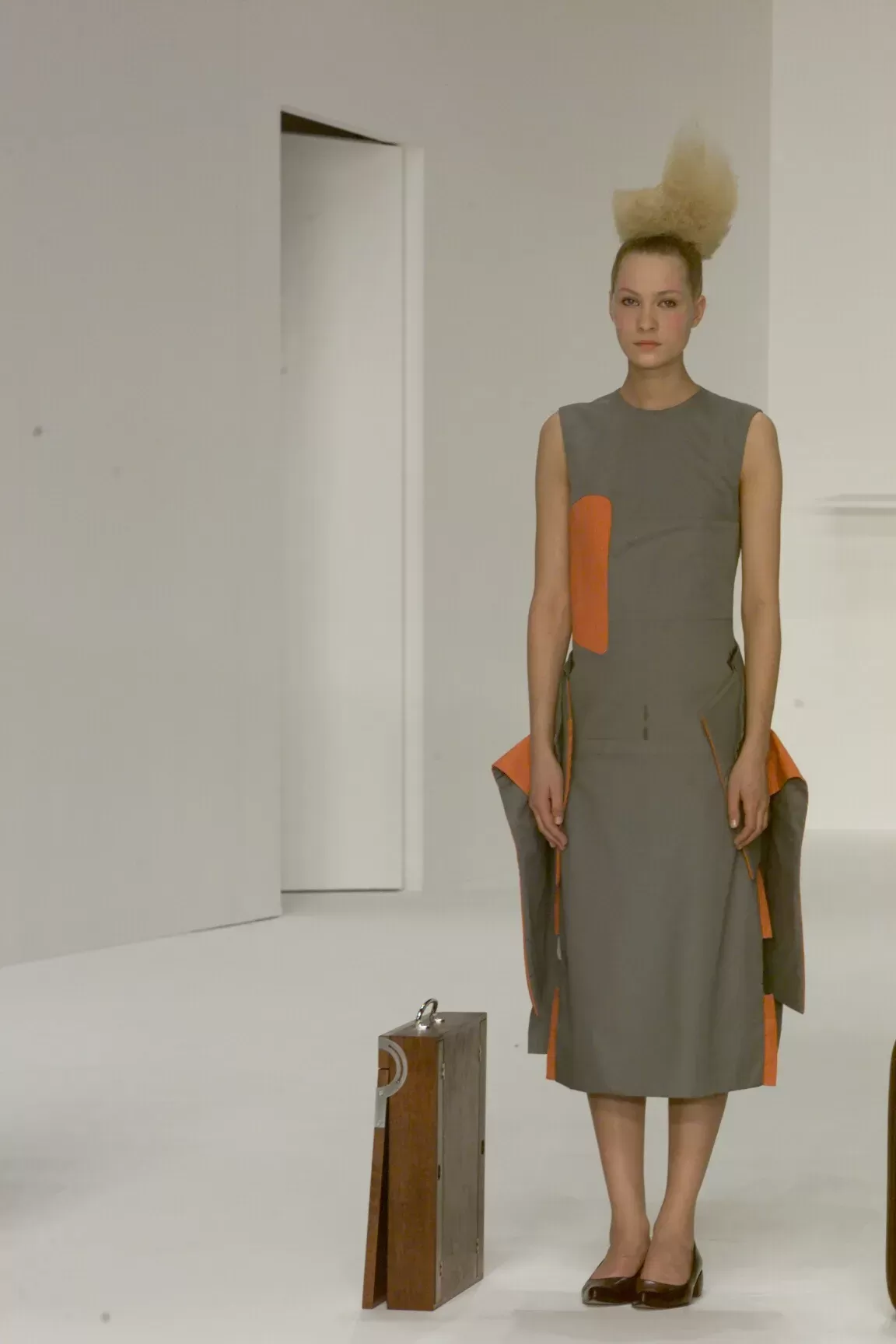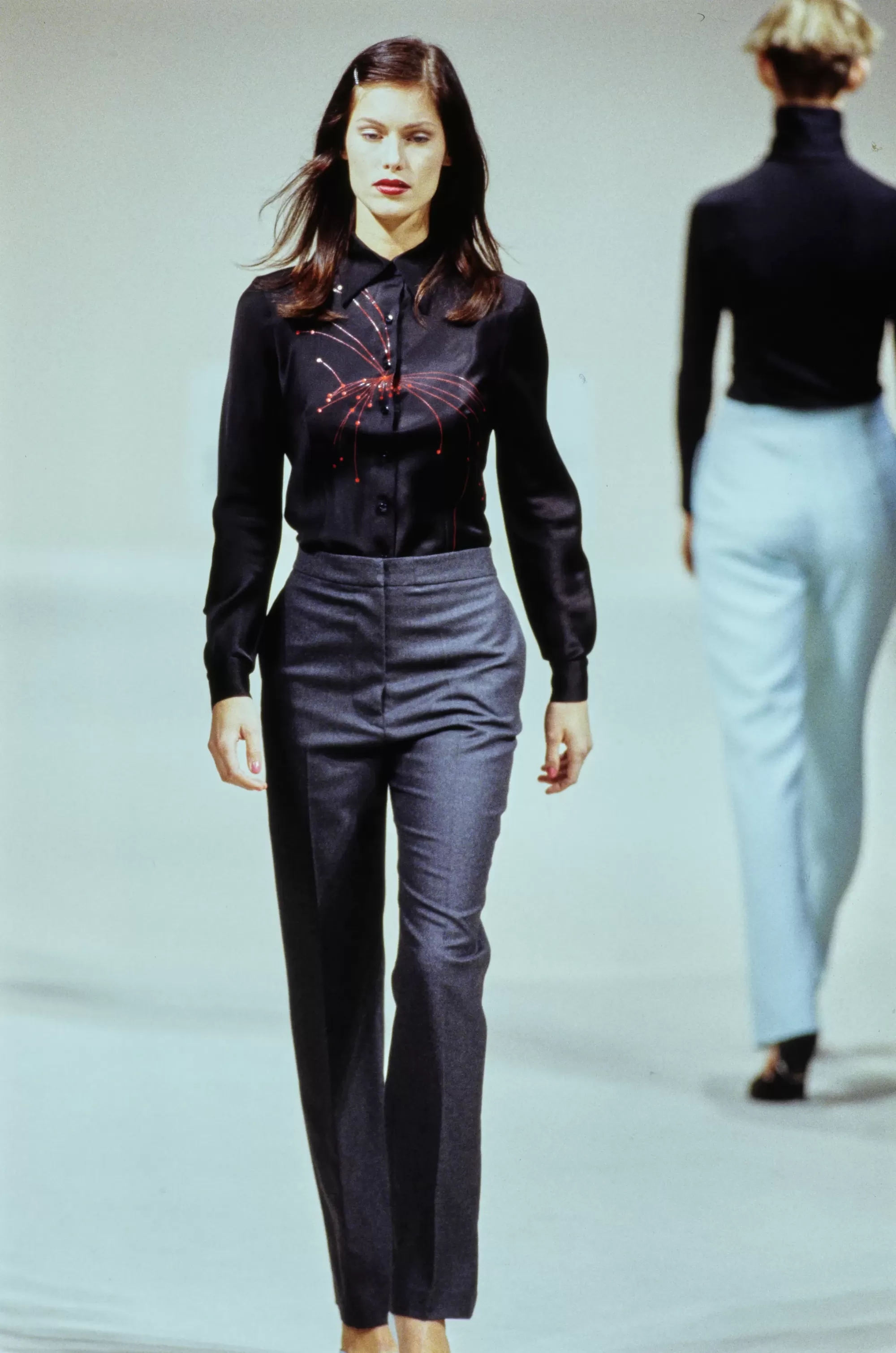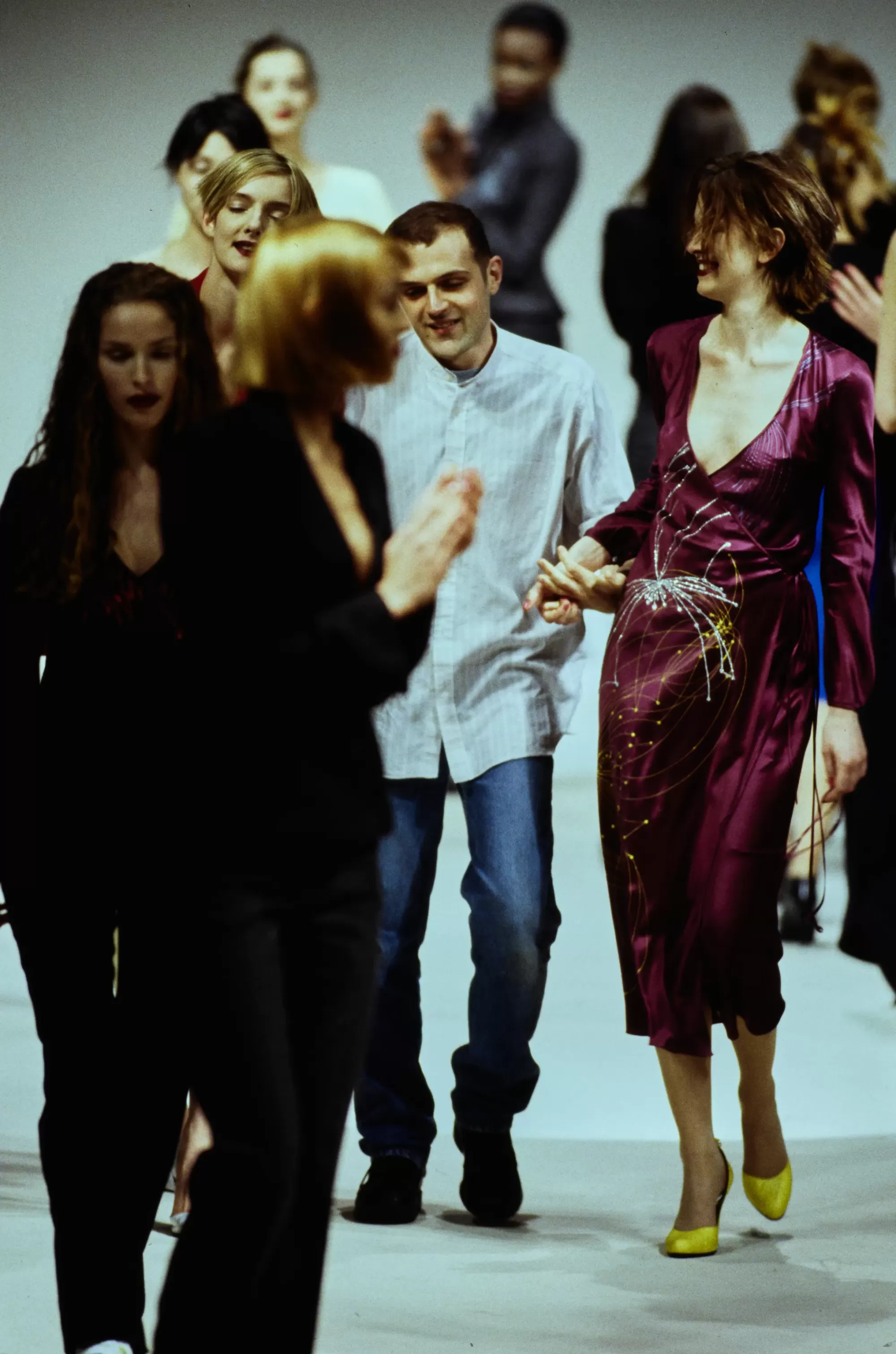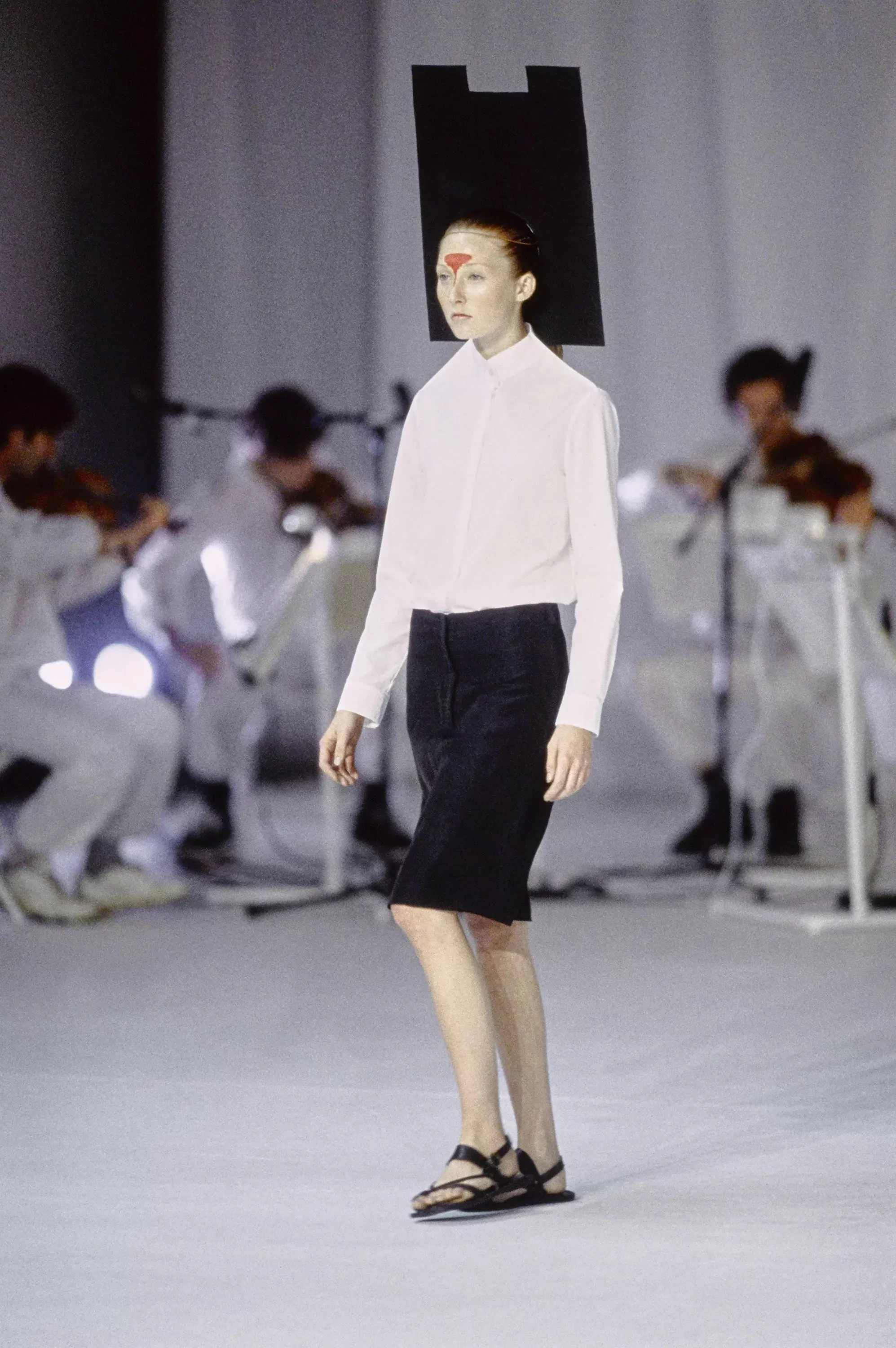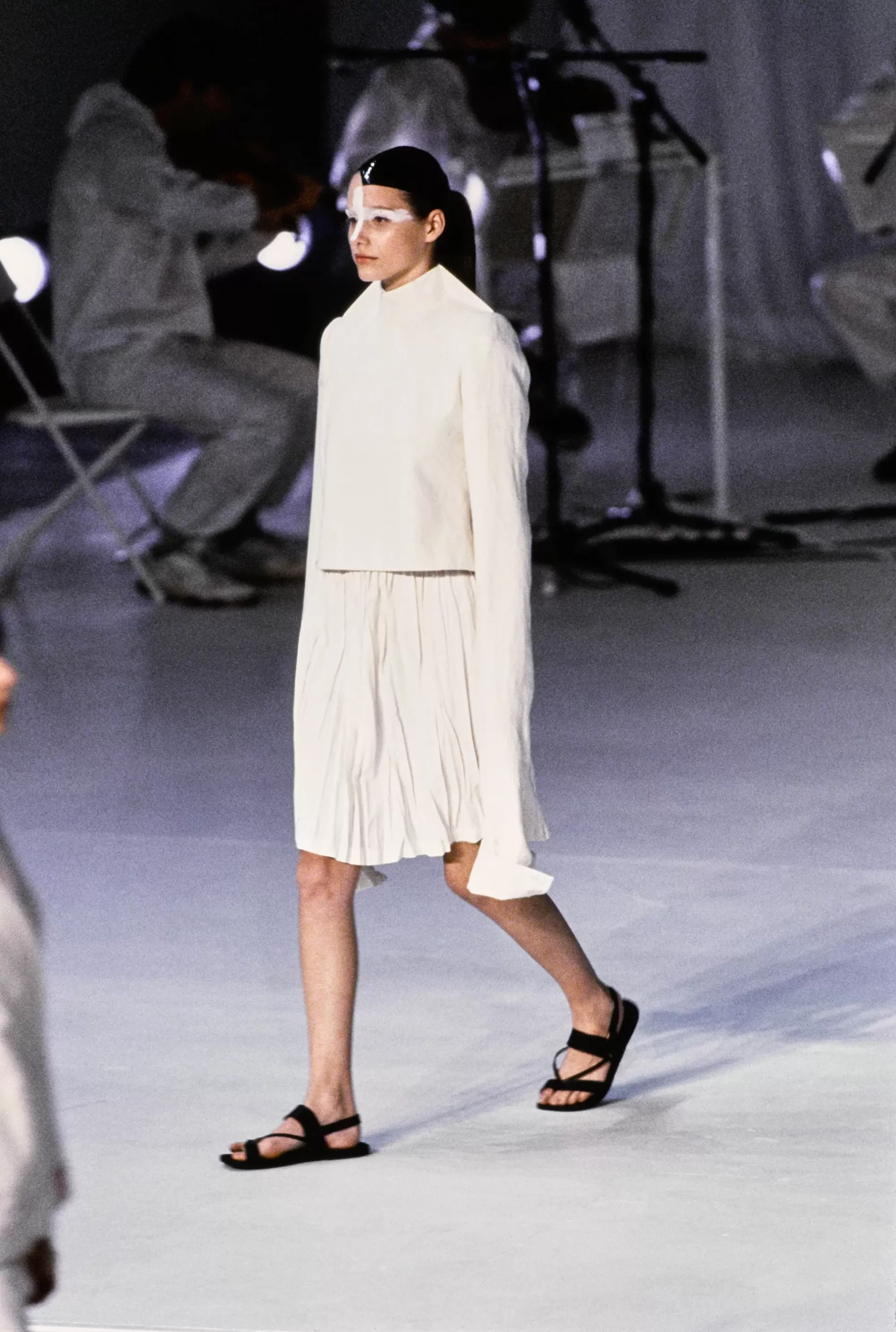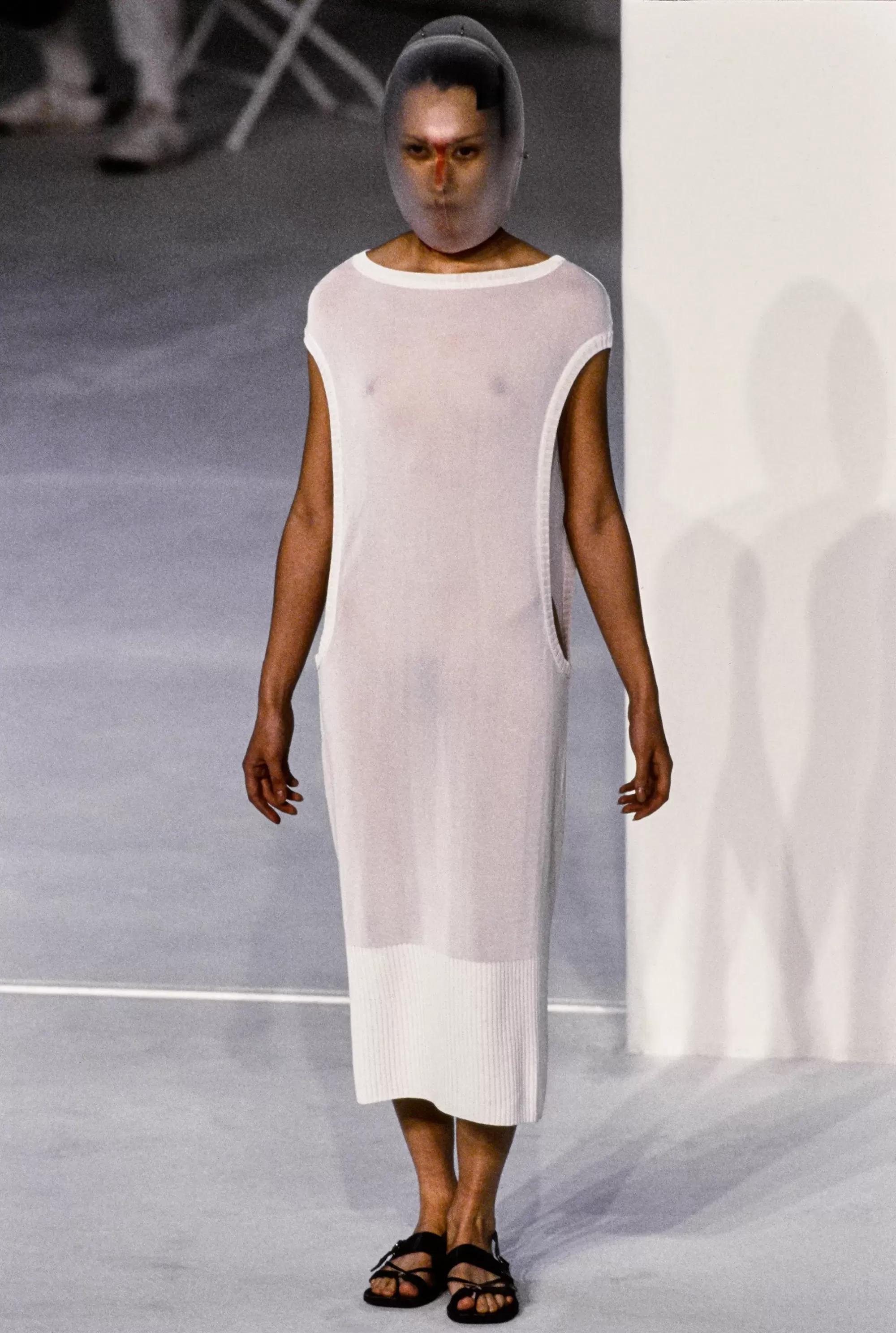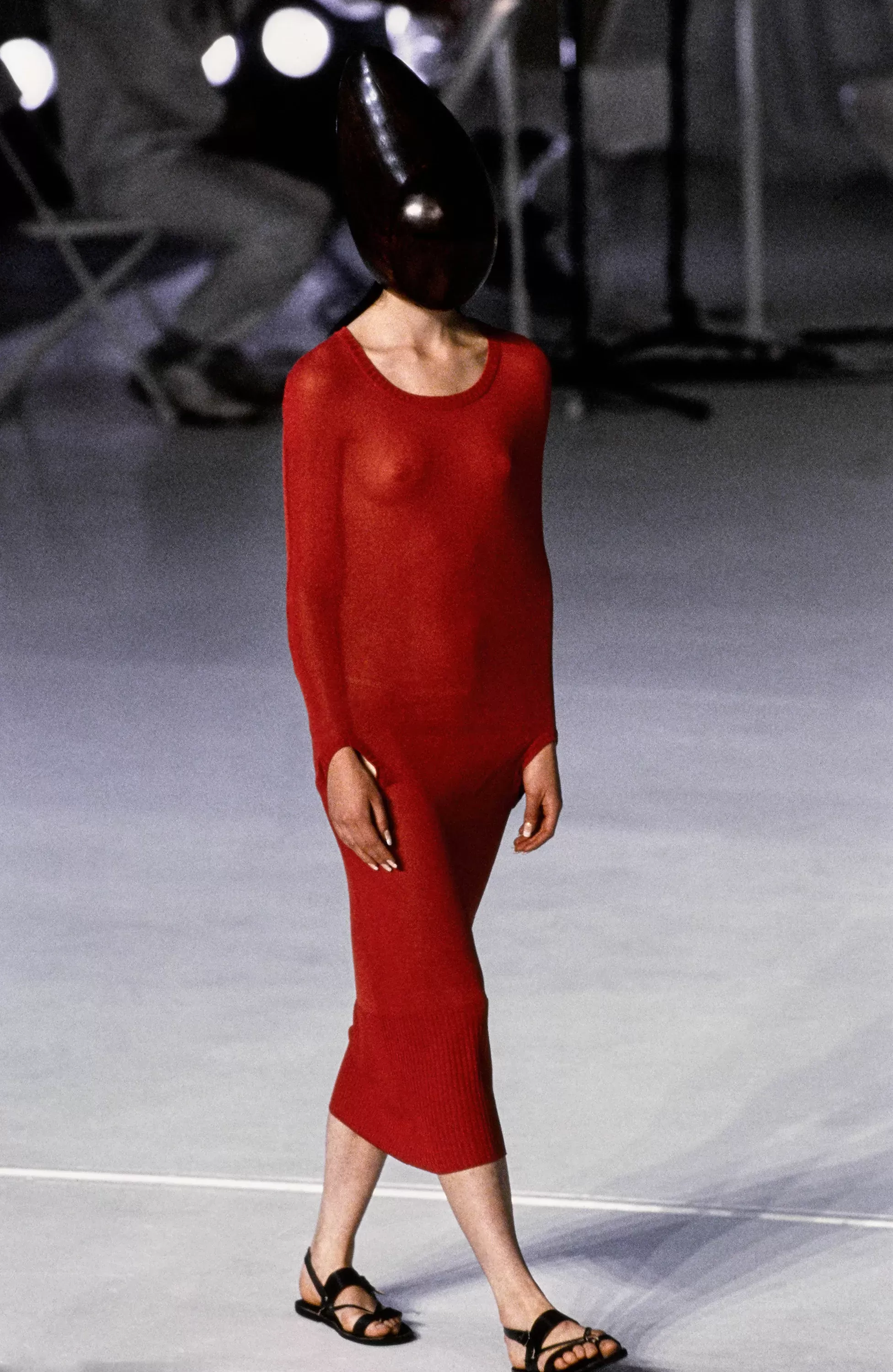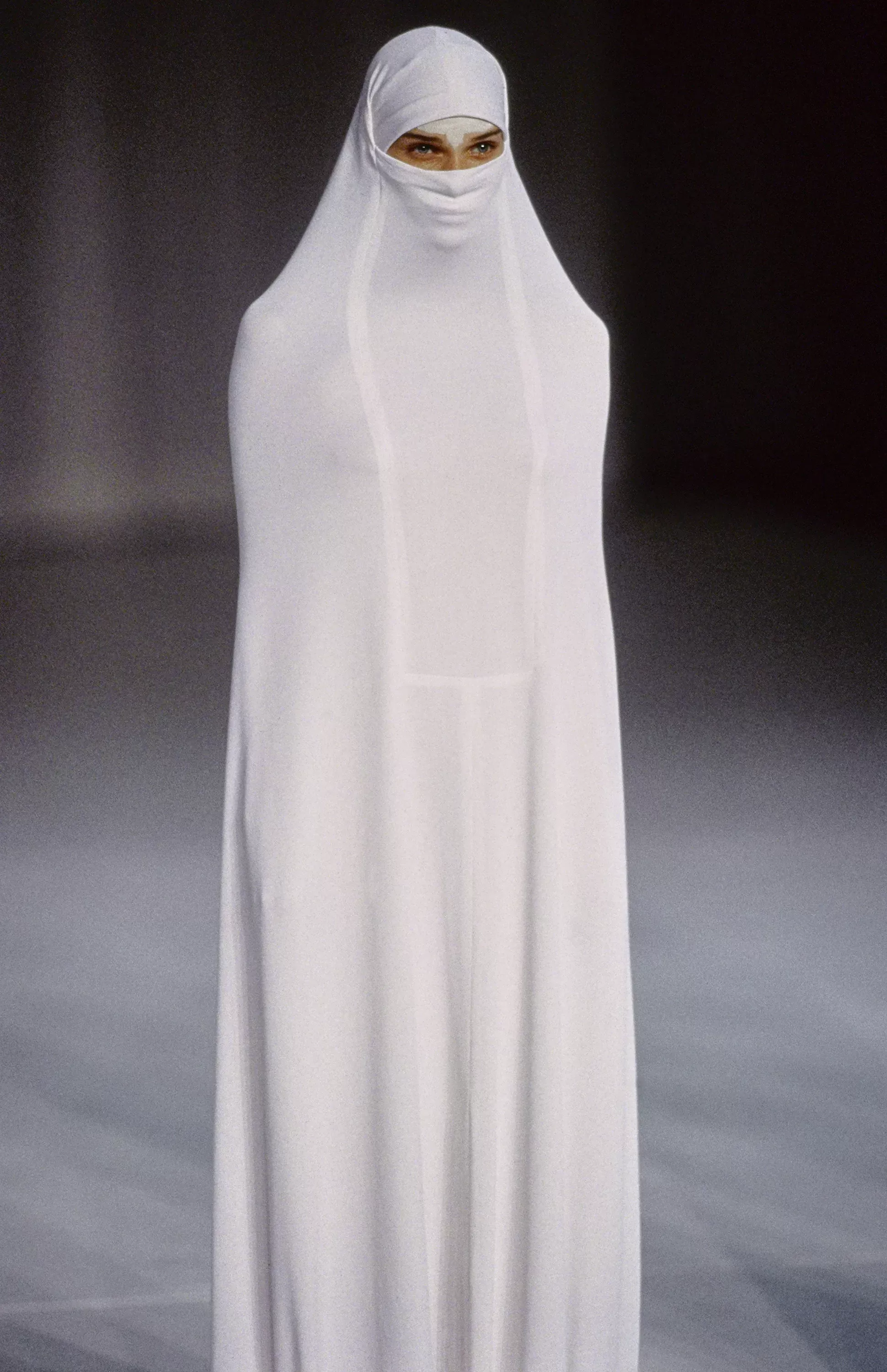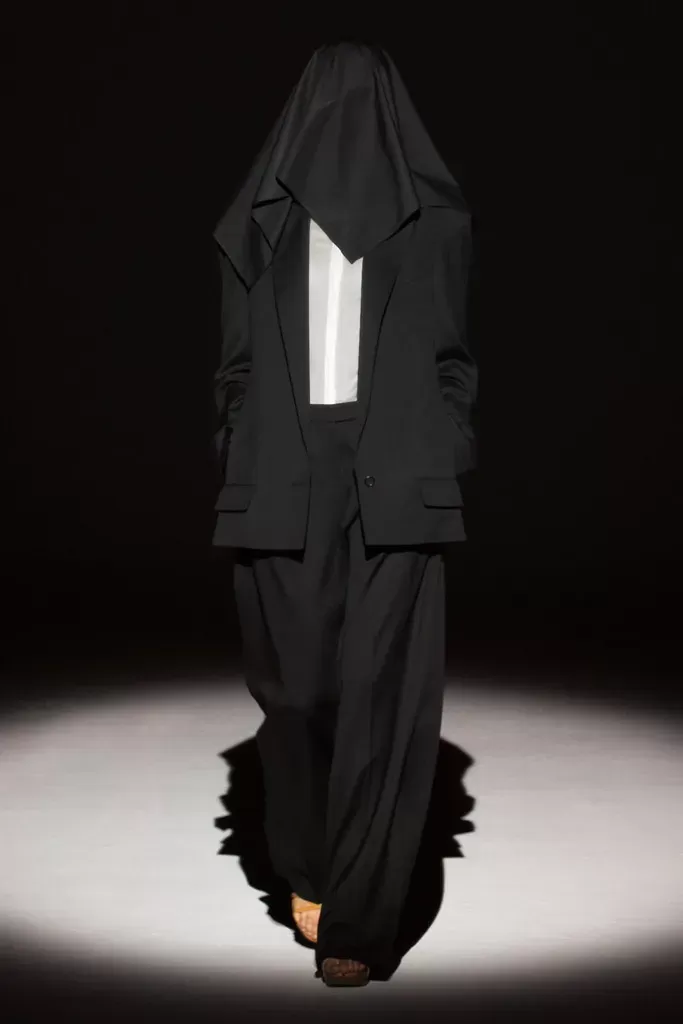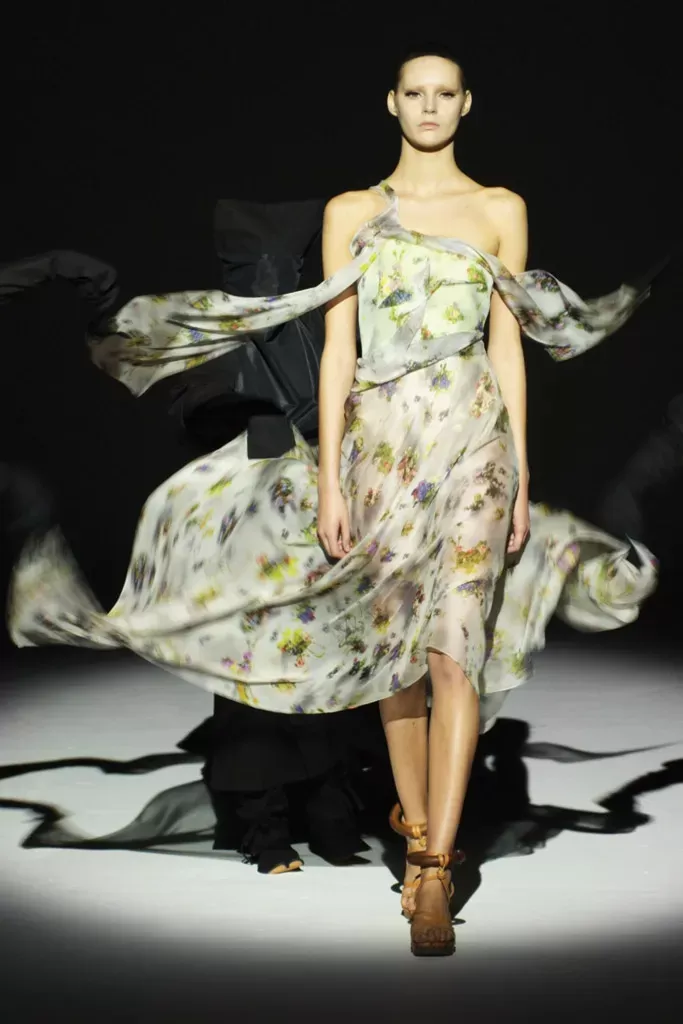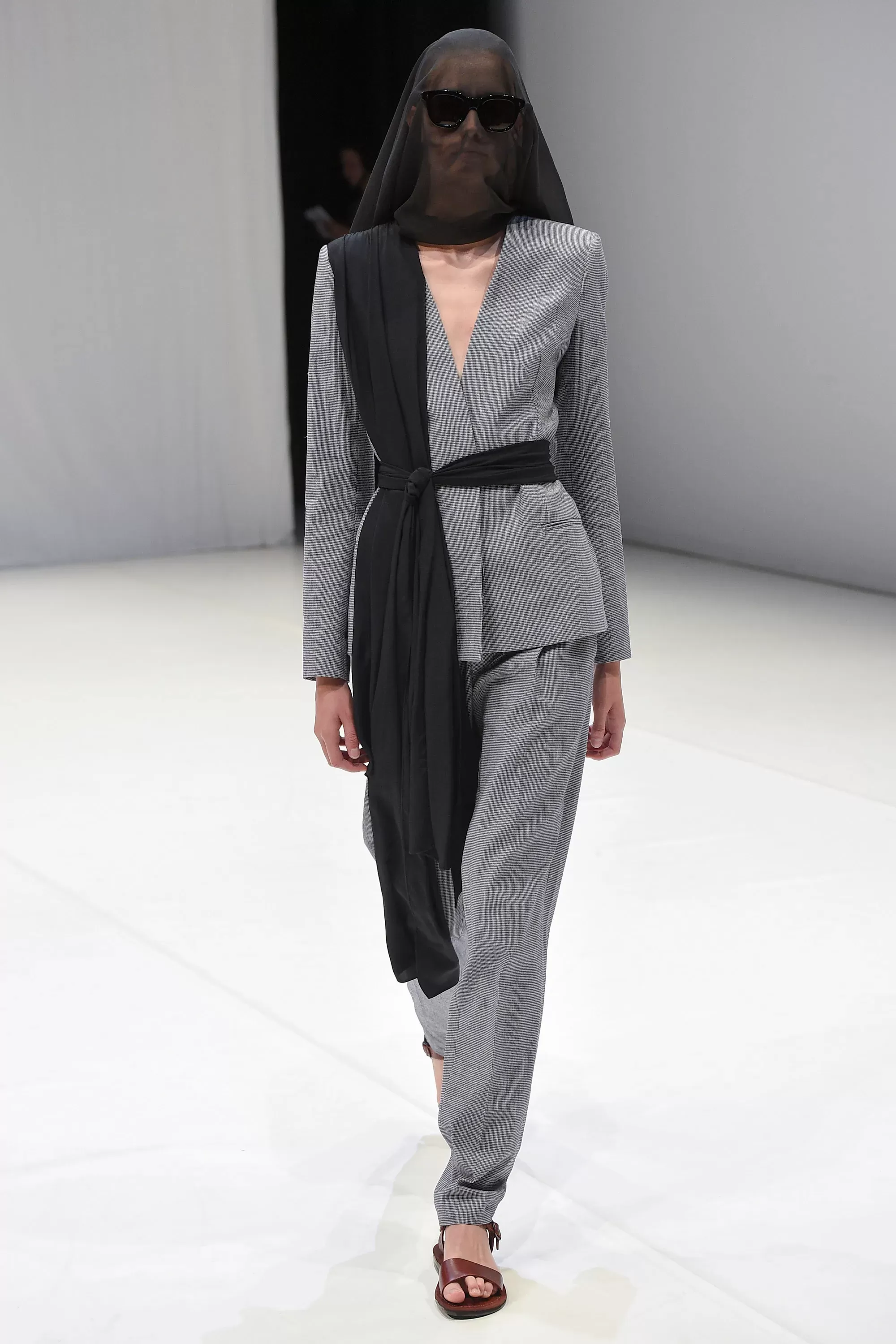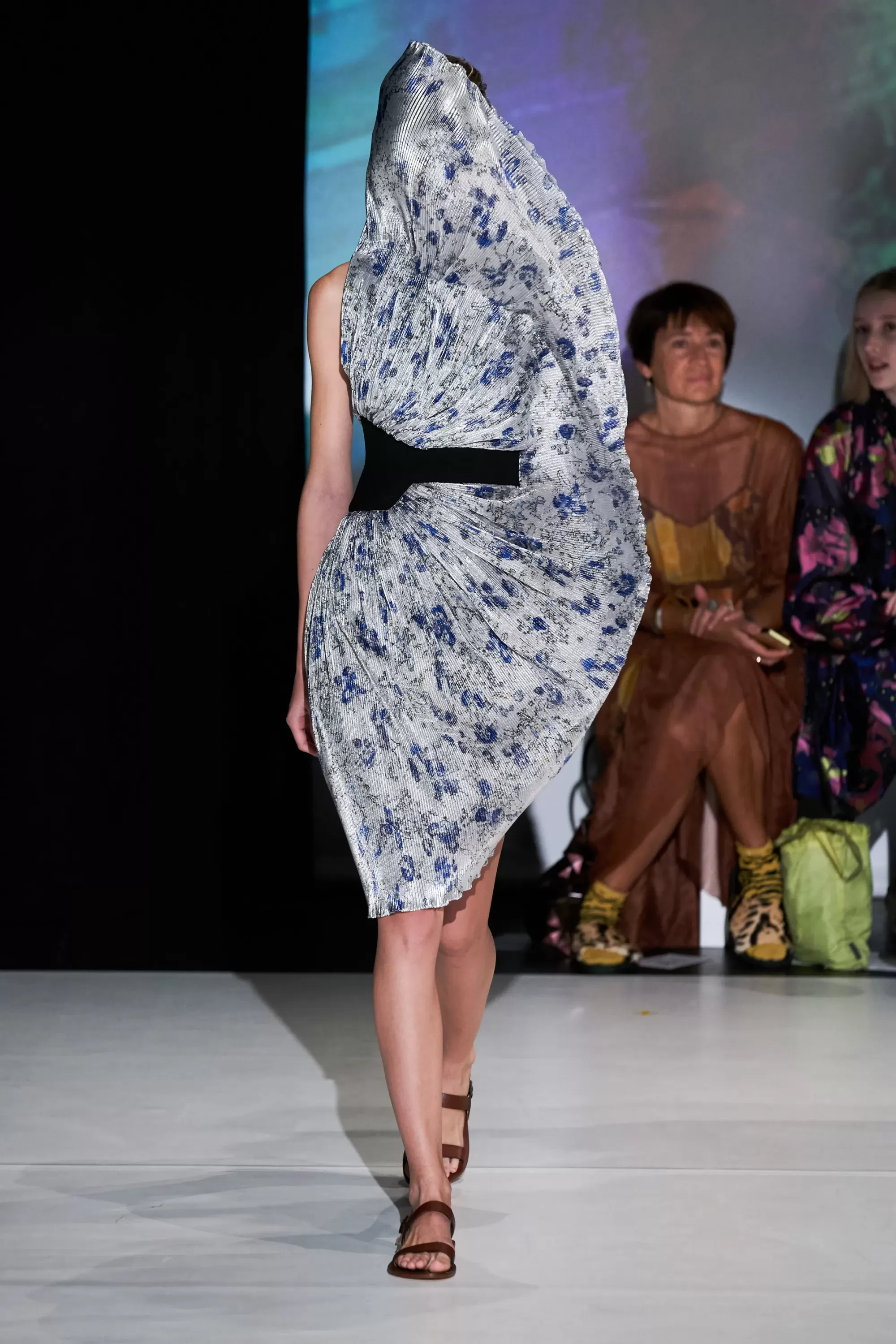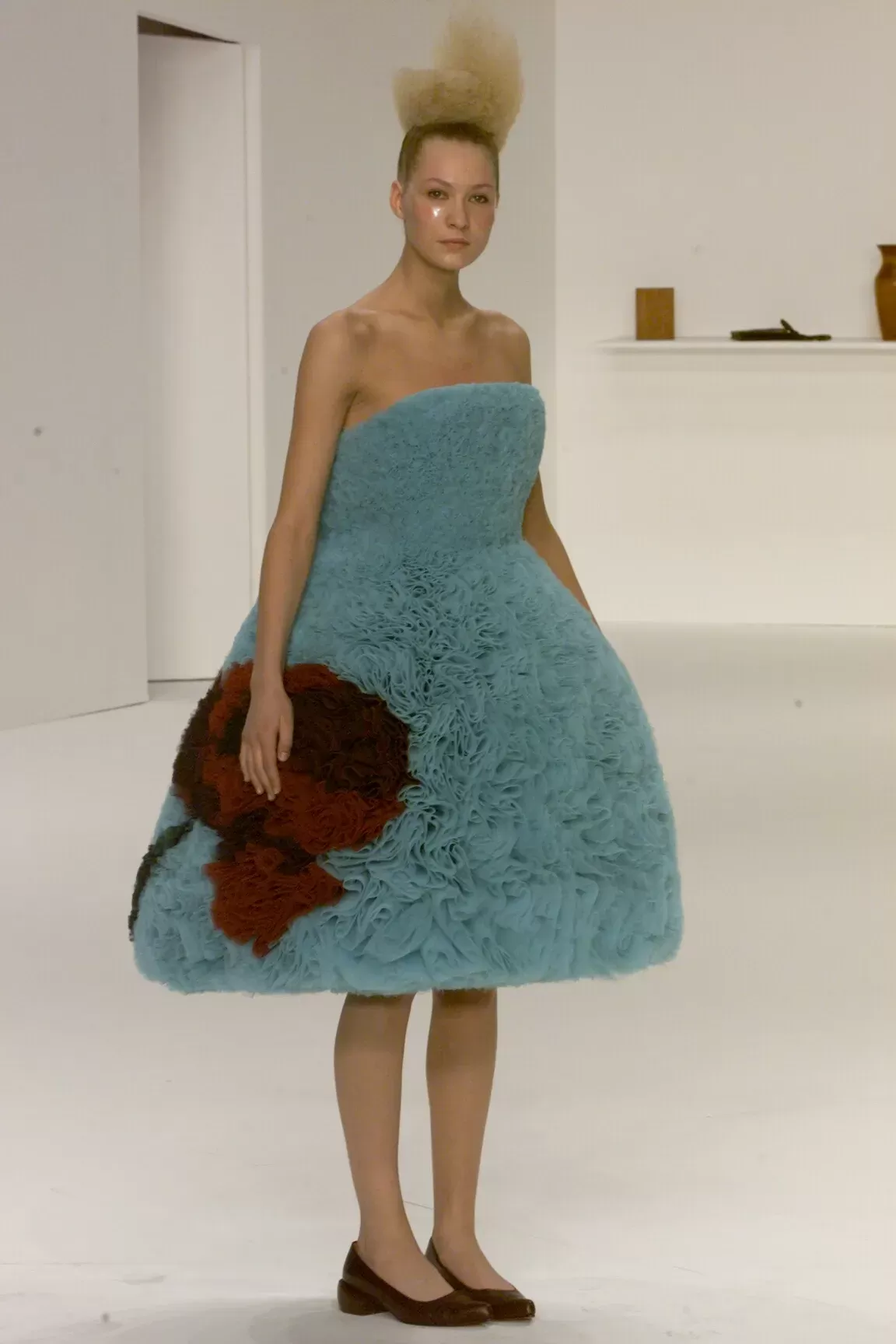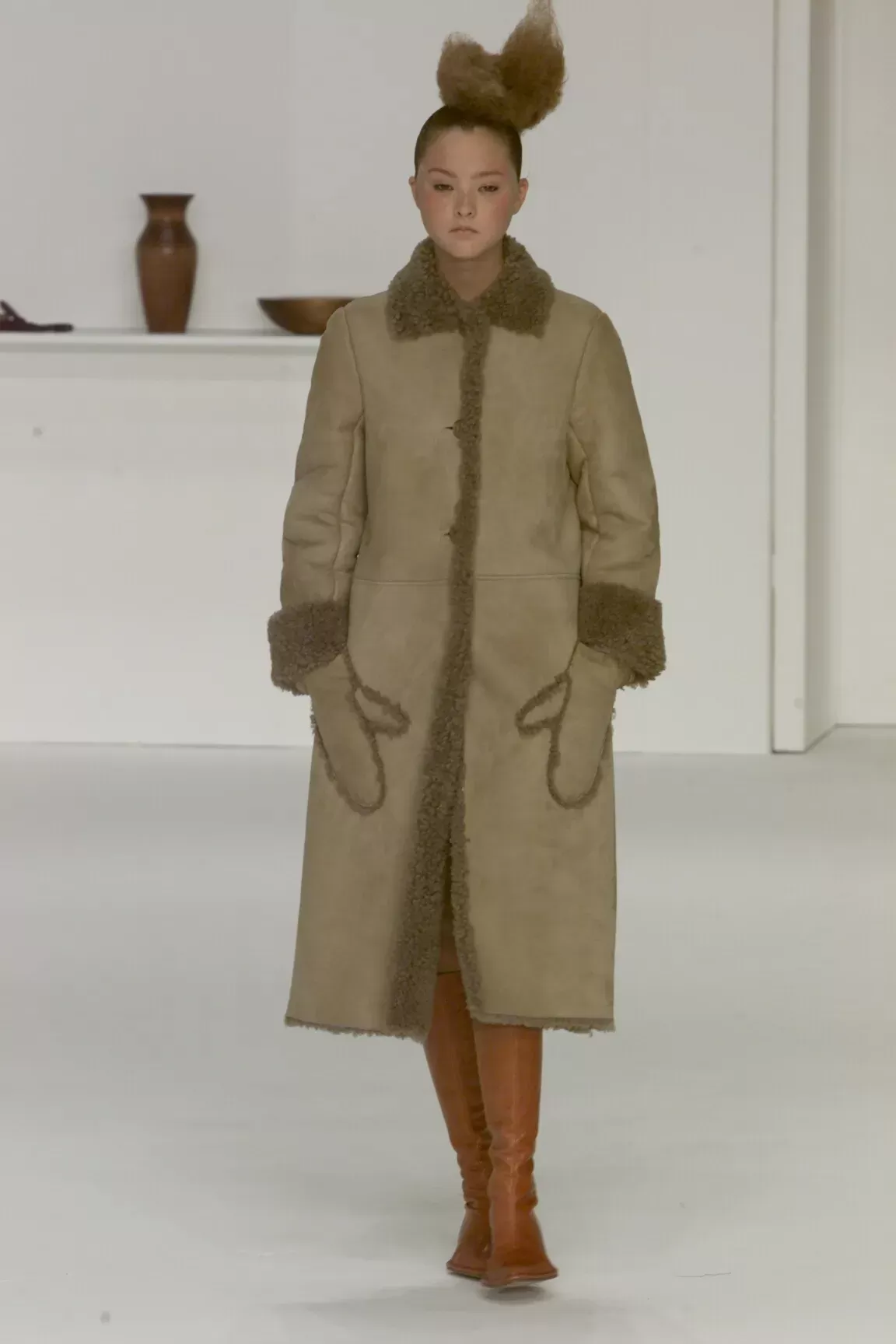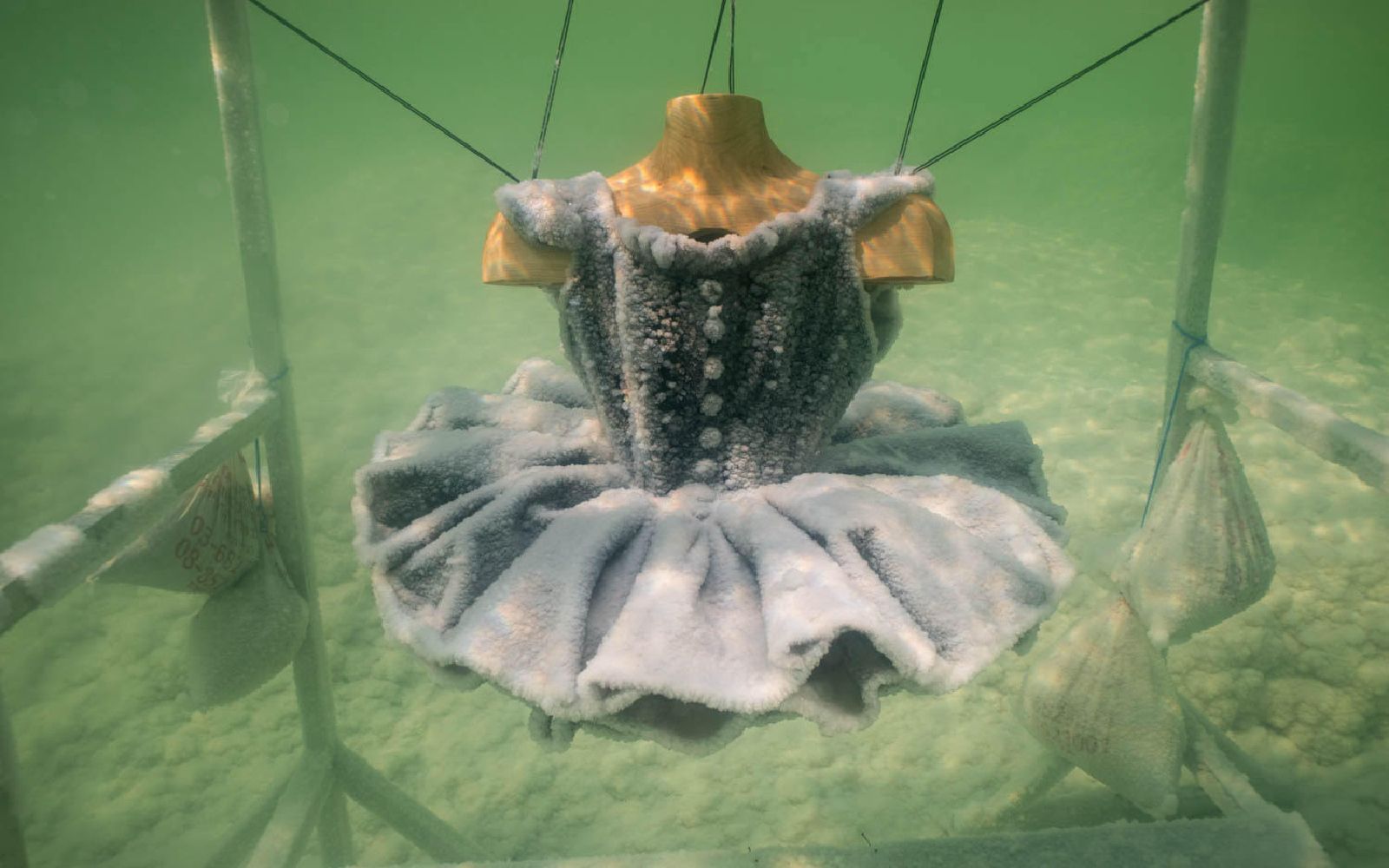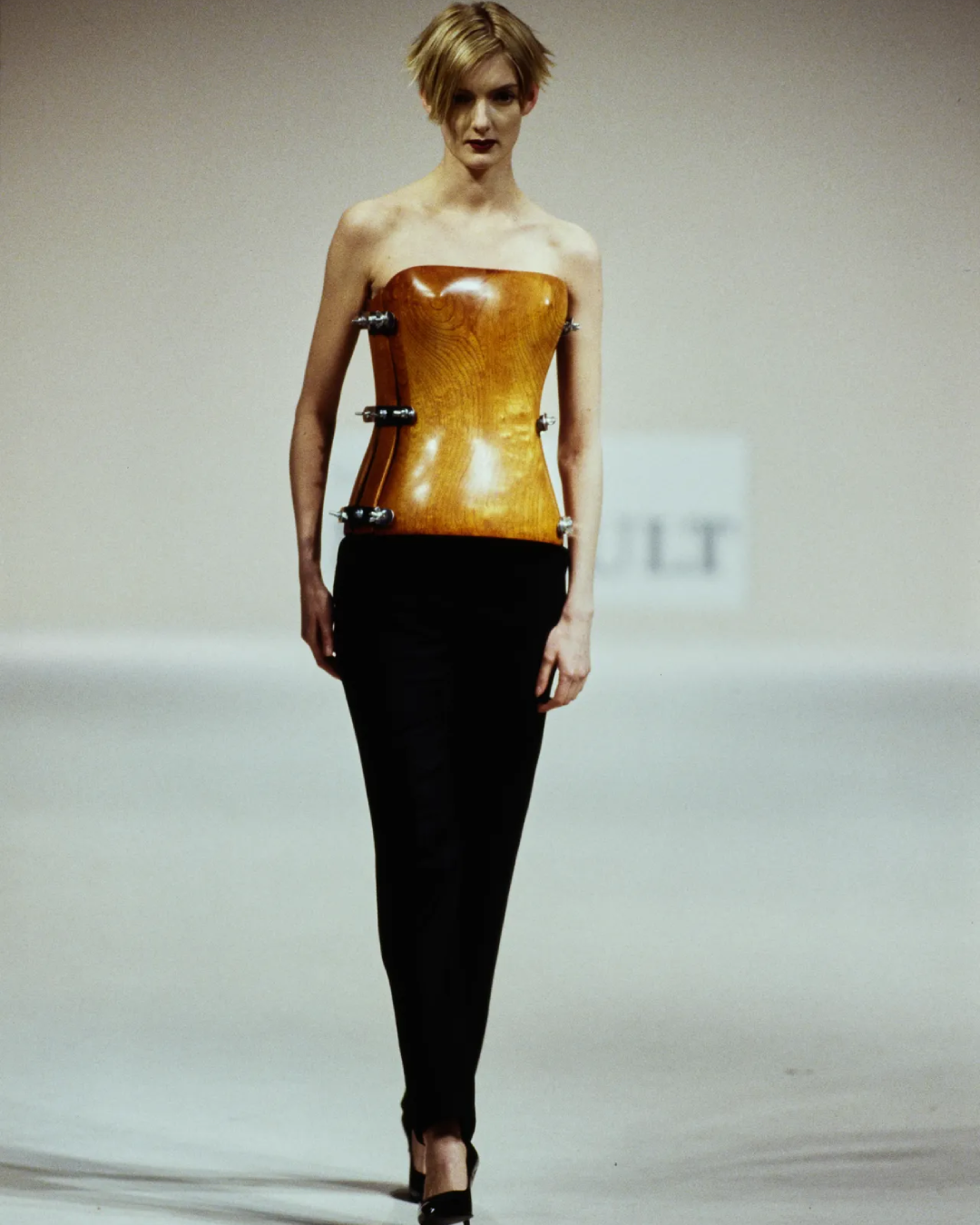
Hussein Chalayan's fashion special effects The Turkish Cypriot designer who never ceased to amaze
In the nineties, on the one hand, designers dedicated to minimalism and essentiality, such as Jil Sander and Helmut Lang, triumphed; on the other hand, an aesthetic began to prevail that led to the triumph of glamour in its maximalist and affluent sense, culminating in the year 2000 with designers such as John Galliano and Dolce & Gabbana. In between these two extremes, however, there are also a number of names that break the rules thanks to an experimental and disruptive approach, characterised above all by the use of surprising special effects. One of the minds that has distinguished himself from the beginning of his career through precisely this kind of creativity is undoubtedly Hussein Chalayan. The Turkish-Cypriot designer already got off to a good start in 1993 when he graduated from Central Saint Martins with his collection 'The Tangent Flows', which consisted of garments that had previously been buried after being sprinkled with iron powder so that they would rust for months before being presented in a fashion show.
So his penchant for special effects in fashion is evident from the start and will continue to grow over the years as he raises the bar from show to show, creating genuine anticipation, not to mention the element of surprise, in lucky viewers. Thank you to Chalayan (but also thanks to Alexander McQueen), the catwalks once again became stages for big shows that unleashed a dynamic that had already been staged a decade earlier by masters of 'show biz' like Thierry Mugler and Jean-Paul Gaultier, with completely different proposals, of course. However, the main feature of the designer's work has always been the exploration of themes of great relevance, both as an analysis of contemporaneity and as a denunciation of dramatic experiences. He does this thanks to a keen sensibility, perfectly realised through his brilliant creativity, which allows him to do so in an absolutely unique way. For a creative artist of his calibre, the constant progress of technology in everyday life in the 21st century meant a profound reflection on the relationship between manand machine and the issues involved. A famous example of this is his Remote Control Dress from 2000, a dress that even today seems to be from the future, precisely controlled by a remote control that can move some of its components. This is meant to describe a woman hybridised with a machine that is the symbol of movement, transit and the ability to reach new places.
Culture and tradition as well as historical events are other topics that may seem far away at first glance for a designer who focuses on the future and technology, but are not at all when you look at his biography. Indeed, in the 1970s, Cyprus - where the designer lived with his family - was invaded by Turkey, leading to a series of terrible conflicts that caused the Chalayans, as well as many others, to leave the island. Technology as a means of transit and connection, but also as a tool that enables travel and realises speed, therefore cannot help but be a recurring theme in the designer's work, especially as he uses it to respond to the drama of history. This explains creations such as the dress made from an unsealed envelope or the attempt to build cultural bridges with very incisive collections such as SS98 "Between", famous for its chadors that become shorter and shorter until the models are completely exposed. Indeed, evidence of this constant thematic exploration.
Chalayan's experimentation certainly reached its peak in the 2000s. A clear example of this is the 'After Words' collection AW 2000-01, which is marked by a moment that has gone down in history. Precisely to commemorate the tragic events of the Cyprus question and the need to run away and take with them what stands for important memories, pieces of furniture such as tables and small armchairs literally become the clothes worn by the models on the catwalk, thanks to the famous 'special effects'. The automations of garments that transform before the eyes of the spectators by completely retracting or enriching them with parts that were previously hidden become a constant in Chalayan's fashion shows, which thus continue to deal with technological themes and their integration into human life. The experimentalism, however, is toned down and approaches the contemporary in favour of garments that are closer to the idea of wearability, without surprising with some twists, such as dissolvable garments that, once dissolved, reveal the layers underneath. Layers that represent - perfectly - the temporal journey between past and future that has always fascinated creative people.
Hussein Chalayan has paused his own brand for several years. The last collection was presented in 2019, when he became a professor at HTW Berlin, the Berlin University of Applied Sciences, in the fashion department with a focus on sustainability. What remains today, besides his invaluable stylistic and creative legacy, is an Instagram profile that constantly displays some of this work, like a digital exhibition. All this proves that even with crucial milestones in the history of fashion, commercial success is a (often looming) presence that determines the future without making too many qualms.










































